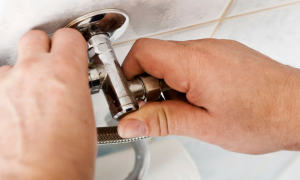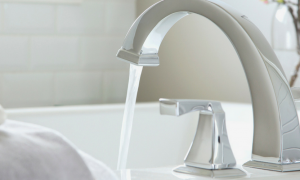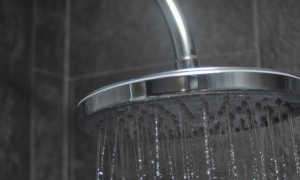There is no doubt that conserving water is a crucial element in the fight to save the environment. Organizations, corporations, and homeowners have all made this issue a priority. It is important to be mindful of your home’s usage of water as responsible global citizen, but let’s not overlook the fact that it can also save you a lot of money.
Here are some great tips from National Geographic (yes,that National Geographic or NatGeo as the kids call it these days) that will hopefully give you more ideas on how to integrate water-saving techniques into your home’s routine.
1. Check for Leaks
In a recent study, National Geographic found that roughly 10 gallons of water are lost per day due to leaks in faucets from sinks, showers, outdoor spouts etc. That’s a lot of water! Check to ensure your fixtures are up to the latest standards and try to repair those leaks if possible. NatGeo goes on to state, “If you use a low-flow shower head, you can save 15 gallons of water during a 10-minute shower.”
2. Use Cold Water
When possible minimize your usage of hot water. Wash clothes in cold or cool water instead of hot water and take cool showers when possible. If your bathroom looks like there is a fog machine in use, the temperature is probably a little too high.
3. Choose a Shower Over a Bath
Did you know, the average bathtub takes about 70 gallons of water to fill? That’s a ton of water! Well, not literally a ton, but you get what I mean. Showers are clearly the better option.
4. It’s Okay to Run the Dishwasher
Running the dishwasher, especially if you fill it to maximum capacity, actually has the potential to be more energy efficient than hand-washing dishes! According to NatGeo, “Energy Star dishwashers use about 4 gallons of water per load, and even standard machines use only about 6 gallons. Hand washing generally uses about 20 gallons of water each time.”
5. Your Diet Plays a Part in Water Conservation
Possibly the most astounding statement I came across in my research was this one from NatGeo: “The water it takes to produce the average American diet alone—approximately 1,000 gallons per person per day—is more than the global average water footprint of 900 gallons per person per day for diet, household use, transportation, energy, and the consumption of material goods.”
Remember, water is a precious resource that everyone in the world has to share. Hopefully these tips can help you to be more conservative with your water usage and in return save a little extra cash.
For more incredible statistics and facts please visit the full article used for this piece.
Picture by Maarten Van Damme







[…] How to Reduce Your Water Footprint […]
[…] See on blog.coldwellbanker.com […]